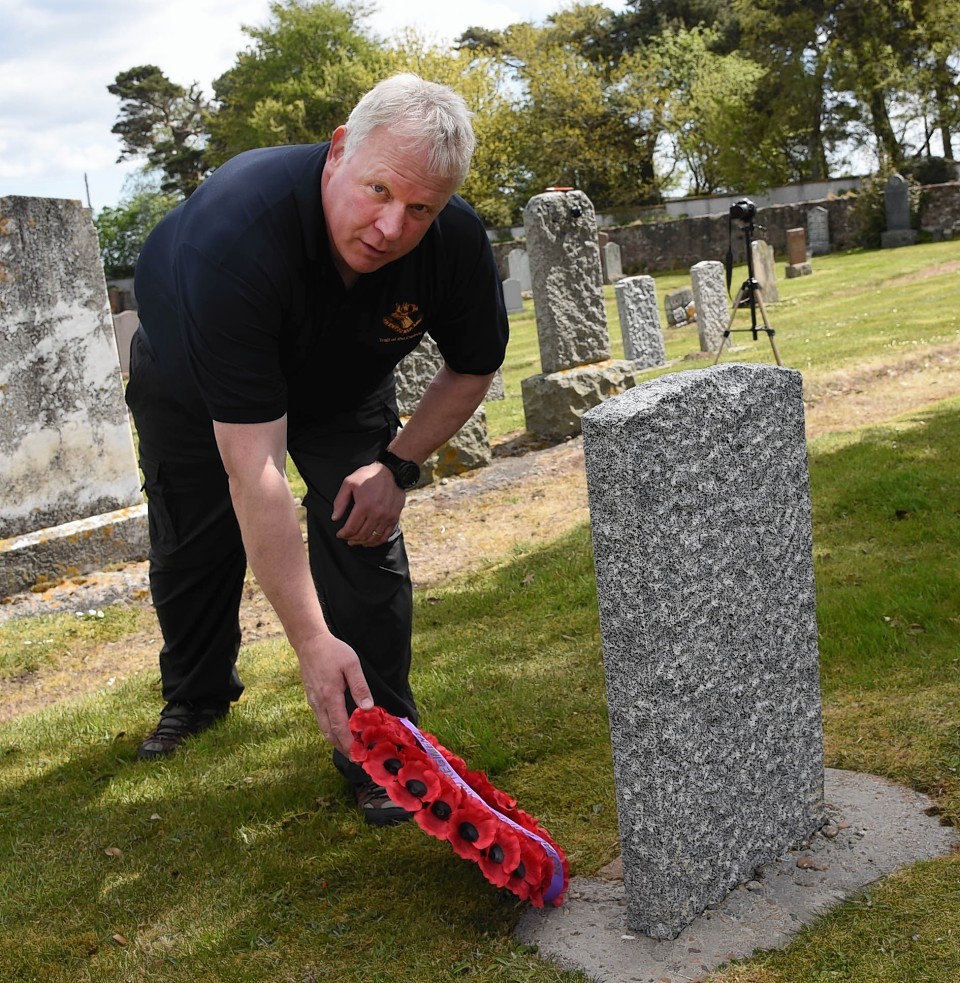A poignant ceremony took place in a north village yesterday to remember the fallen World War I soldiers from the Canadian territory of Newfoundland who trained at Fort George.
Retired Major Michael Pretty, formerly of the Royal Newfoundland Regiment, visited Ardersier cemetery to lay a wreath at the grave of 18-year-old Private John Chaplin, who was the first of the soldiers to die after falling sick at the barracks in January 1915.
He also left a small beach rock from Newfoundland at the grave.
Major Pretty is leading a research group called The Trail of the Caribou to discover and commemorate Newfoundland and Labrador contributions to foreign wars.
Yesterday Major Pretty read a poem written in 1916 by British-Canadian poet, Robert Service, called Young fellow my lad, which tells the story of a father’s resistance to his son leaving for war.
Major Pretty has been in the UK tracing where the soldiers trained and lived before joining the 29th Division in Gallipoli in September 1915.
The Newfoundlanders spent 10 weeks over the Christmas period in 1914 at Fort George.
Many of the soldiers were taken in and offered festive hospitality by local families from Nairn, Inverness and Ardersier, and the soldiers then travelled south to Edinburgh to guard the castle.
Major Pretty, who has spent the past 12 years researching the lives of those who were killed or missing in action, said: “The war diaries and letters home comment on how friendly the local people were in the Highlands and how during their first Christmas away from home so many were invited into local homes.
“I am hoping that when children look at the pictures of soldiers like Private Chaplin, they will see how young these men were. This is a memorial to all of the men and woman who served in World War I.”
